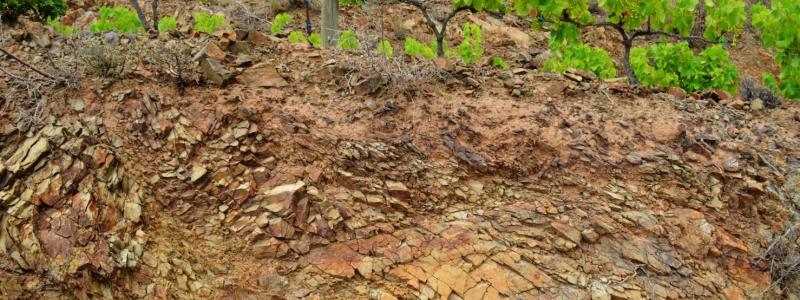
Derived soil property estimates are needed to underpin broad scale Agro-ecological,Zoning (AEZ), crop growth simulation, and analyses of global environmental change. This study derived such estimates based on analyses of the ISRIC WISE soil profile database.
Soil unit, topsoil textural class, and depth zone (0-30 cm and 30-100 cm) were used to cluster the horizon data. Criteria used are in accordance with conventions developed by FAO for use with the 1:5 M scale Soil Map of the World.
Upon a screening on data ‘integrity’ and application of a statistical outlier rejection scheme, derived statistics were generated for 28 soil chemical and physical attributes.
Soil property estimates are presented for: organic carbon; total nitrogen; C/N ratio; pH(H2O), pH(KCl), pH(CaCl2); sum of exchangeable Ca, Mg, Na and K (TEB); the ratio of exchangeable Ca/Mg and exchangeable (Ca + Mg)/K; the cation exchange capacity of the fine earth fraction (CECsoil), the effective cation exchange capacity (ECEC), apparent cation exchange capacity of the clay fraction (CECap), and cation exchange capacity of the clay fraction corrected for the contribution of organic matter (CECclay); base saturation; aluminium saturation; CaCO3 content; gypsum content; exchangeable sodium percentage (ESP); electrical conductivity (ECe); bulk density; total porosity; weight percent of sand, silt and clay; gravel content; available water held between –5 kPa and -1500 kPa, –10 kPa and -1500 kPa, and –33kPa and -1500 kPa, respectively; and, effective soil depth.
For each of the above properties, the following are listed: number of observations, means, coefficients of variation, 95% confidence intervals, medians, and medians of absolute deviations. Simple taxotransfer rules are introduced to fill gaps that remained in the derived data, notably where sufficient measured data were lacking for particular attributes and soil units. The type of rule used has been flagged in the data set.
The set of derived soil parameters should be seen as the best possible estimates, based on the present selection of soil profiles and adopted data clustering procedure. The derived data set is considered appropriate for use in studies at a regional to global scale (< 1:250,000). Correlation of soil analytical data, however, must be done more accurately when more precise scientific research is considered.
Funding agency
The study was commissioned by the International Food Policy Research Institute (IFPRI), as Research Agreement Contract No. 2001X020.ISR, using funds from the European Economic Commission (2000-2001). It was a sequel to ealier taxotransfer-related work, carried out in 1997, using version 1.0 of the ISRIC-WISE database with the International Institute for Applied Systems Analysis (IIASA) and the Food and Agriculture Organization (FAO).